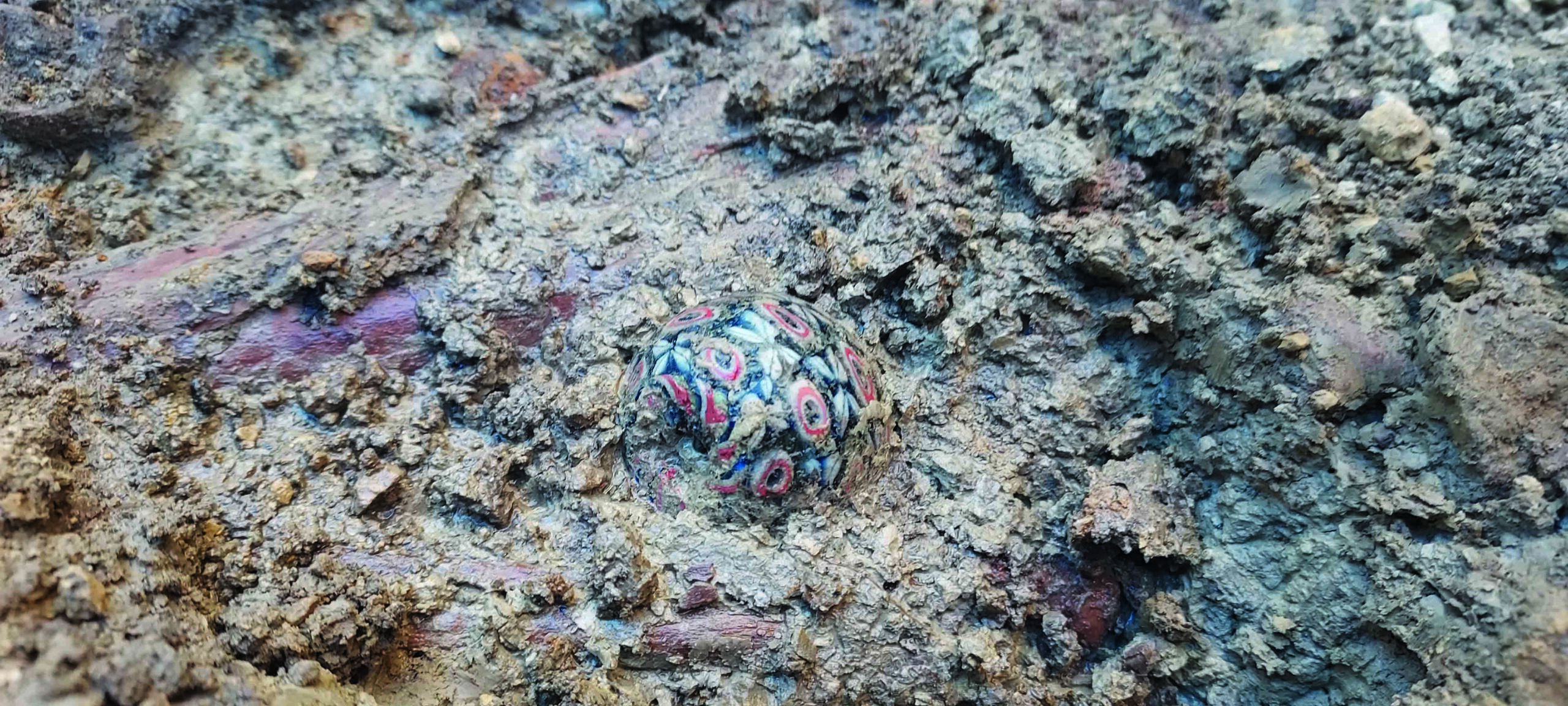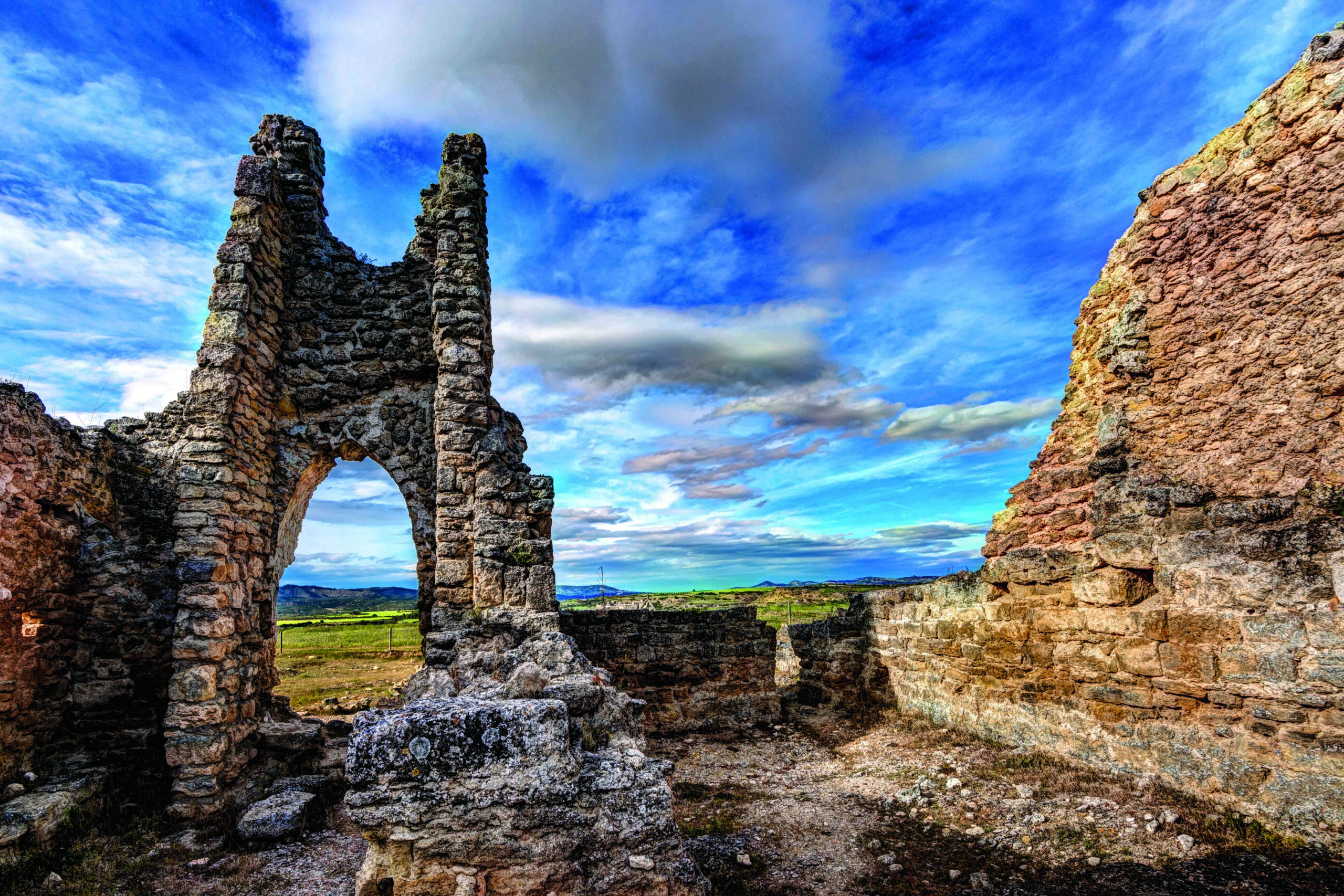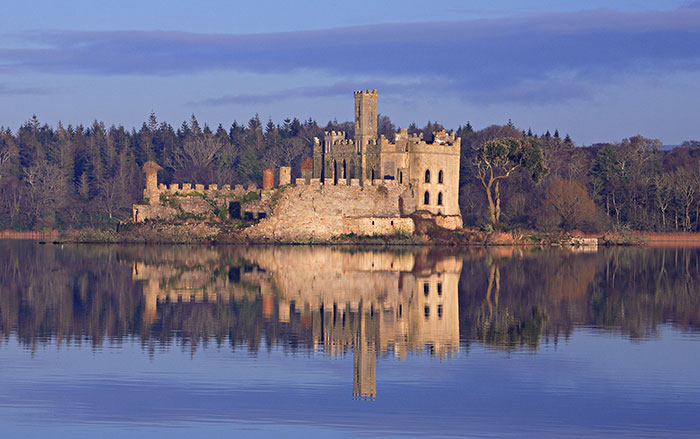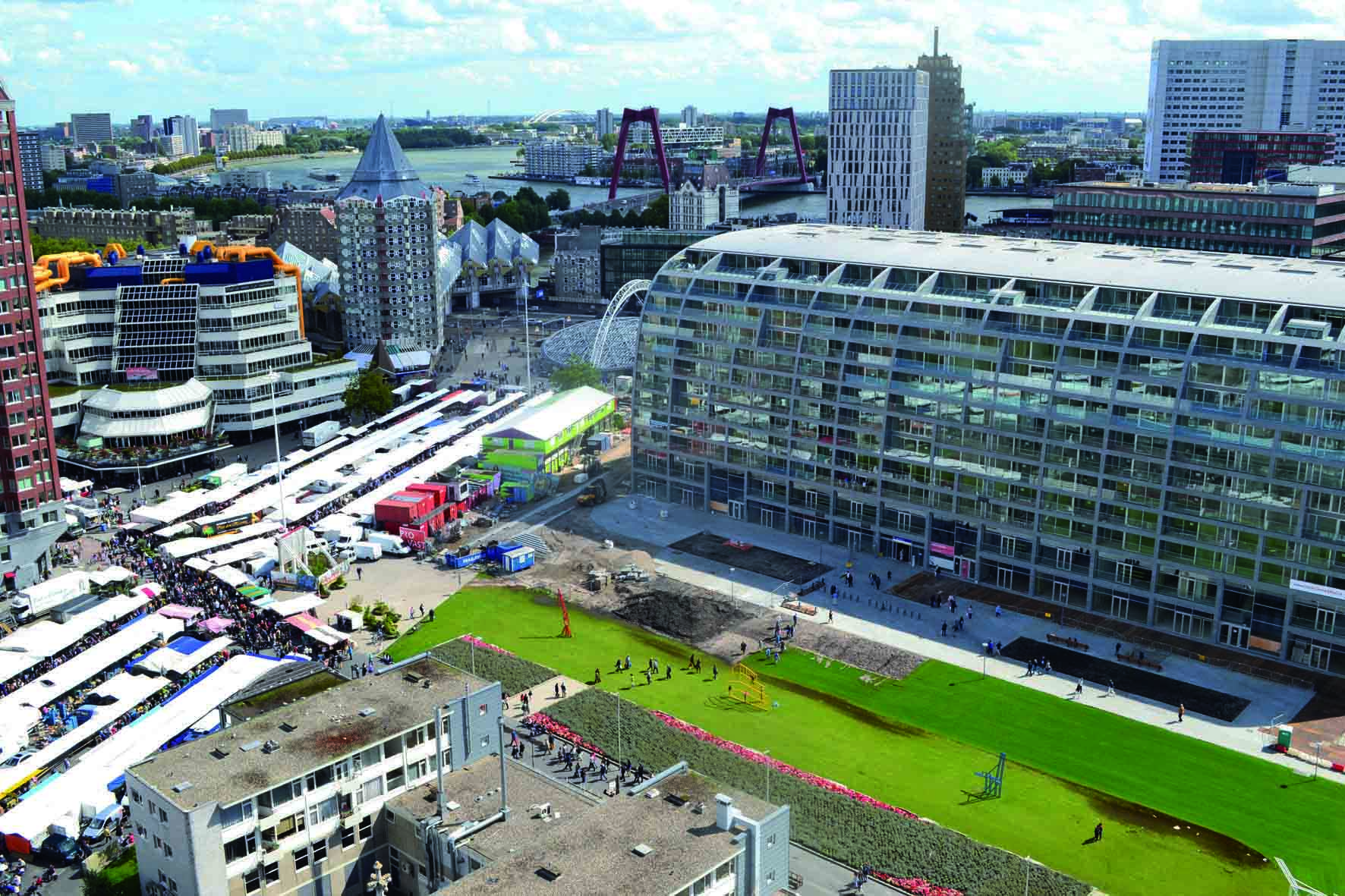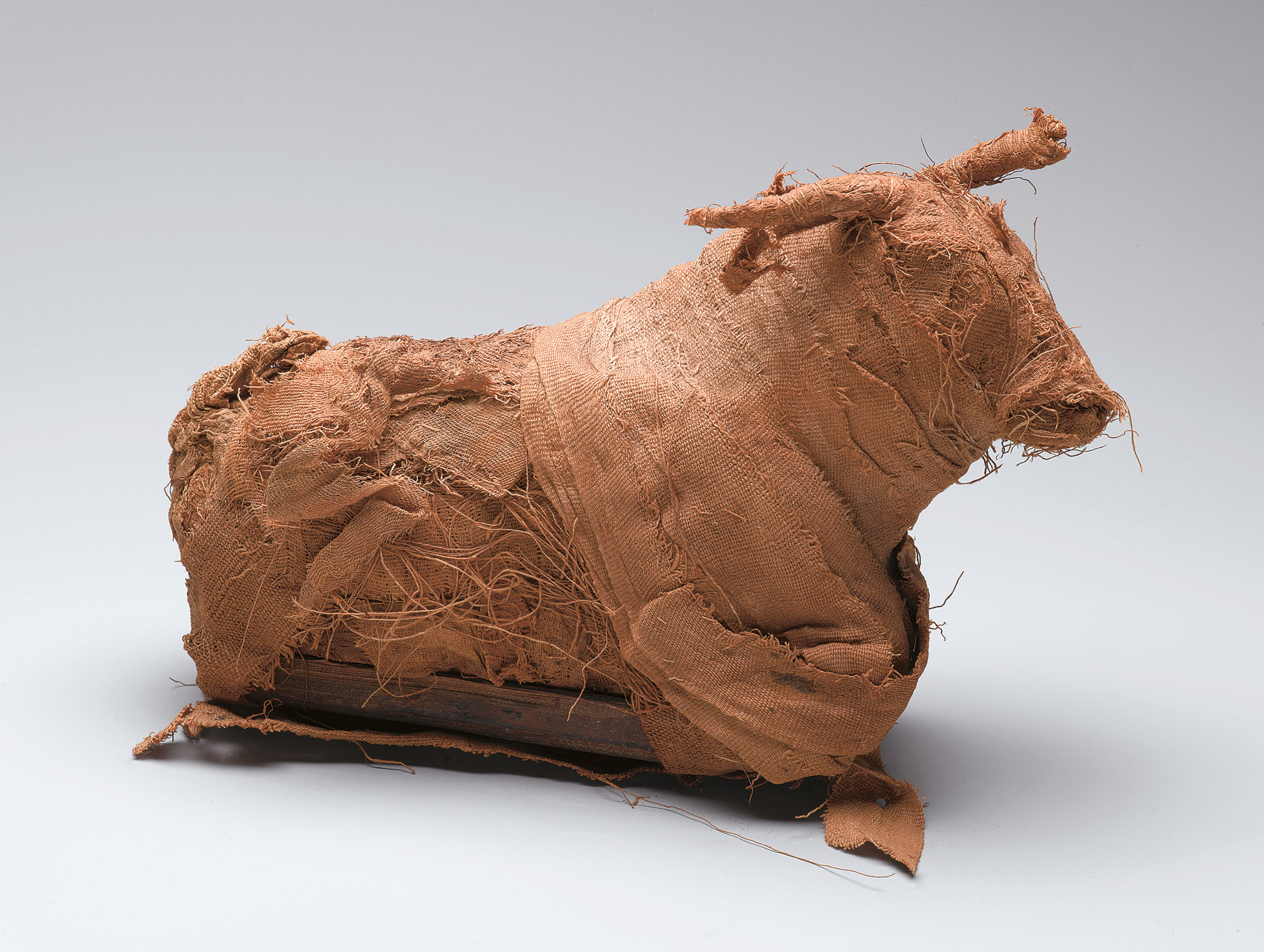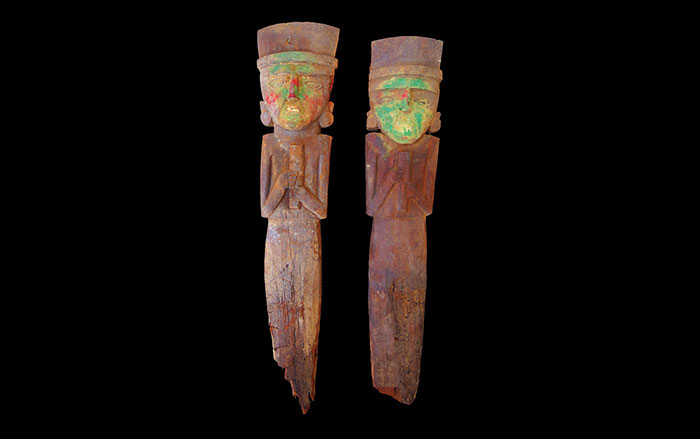
Archaeologists digging in Obernai, a commune in northeastern France, discovered a deformed female skull in a necropolis containing 18 burials dating to the fifth century A.D., or the early Middle Ages. The entombed woman was adorned with gold pins, two pendants, and a silver mirror. The deformation of her skull, says Clément Féliu, an archaeologist with the National Institute of Preventive Archaeological Research, was absolutely intentional. It is likely an aristocratic signifier, he explains, created by linking small boards around a newborn’s head to make the skull taller and narrower. “I think the peoples who were buried in Obernai belong to a little group of ‘Barbarians,’” from the east, where the practice was more common, says Féliu.



